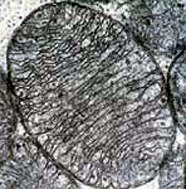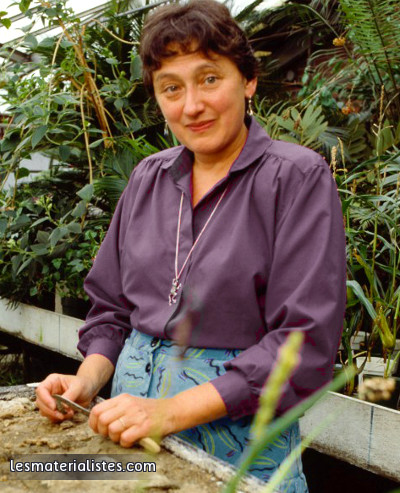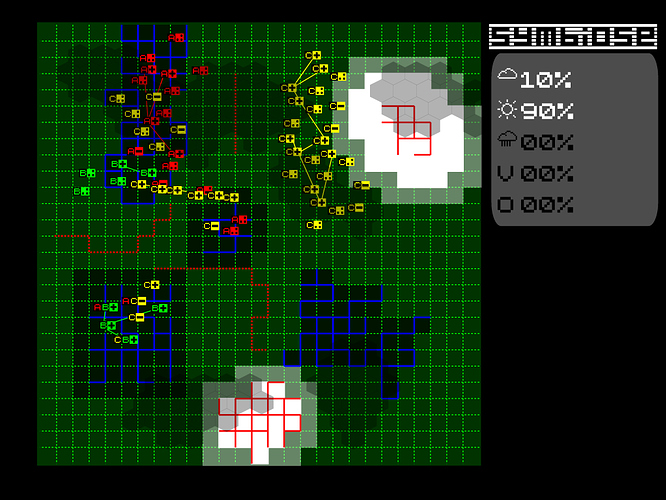A long time ago I really got caught by the reading of L’univers Bactériel: les nouveaux rapports de l’homme et de la nature, a French translation of Microcosmos, four billion years of evolution from our microbial ancestors *
In 2016 Symbiosis was the topic of Hack the Earth festival in Calafou. Women who gathered there developed very useful practice and theorical reflection about Intra-actiones toxicas: Laura Benitez, micro-organismos symbioticos: Gynepunk , and many more actions and interactions materialising at this moment a transversal relation to this issue.
This resonates very much with my concerns, for a long time reading and re reading Margulis, I was fascinated by the idea of symbiosis,
Her systemic explanation, is strangely extremely familiar to me, and I was playing with the idea that I was bearing inside each cell all the history of the universe was a clear appeal to merge to other states of materiality.
I tried to understand and make a live visualization of the explanations Lynn Margulis was giving, I was completely alone with this project, and although a french art center proposed to support it became quickly impossible to make it happen there.
Lynn Margulis has left us in 2011 she has been defending her theories all her life and has transformed the history of evolution imposing the principle of their networked symbiotic alliances, interdependance and cooperation upon multiple organisms.
It took time for me to be able to understand that it was the feminist understanding that attached my interest to Lynn Margulis explanations, about interdepen-danse and cooperation of multiple organism engaged into symbiosis exchanges.
*(Lynn Margulis et Dorion Sagan, trad. de l’anglais par Gérard Blanc, Anne de Beer, préf. Lewis Thomas, Réédité au Seuil, coll. « Points Sciences » en 2002 , L’univers bactériel: les nouveaux rapports de l’homme et de la nature « Microcosmos, four billion years of evolution from our microbial ancestors », Paris, Albin Michel, coll. « « Sciences d’aujourd’hui » », 1989 1re éd. en anglais chez HarperCollins en 1987, 333 p. ISBN 2-226-03805-1)



